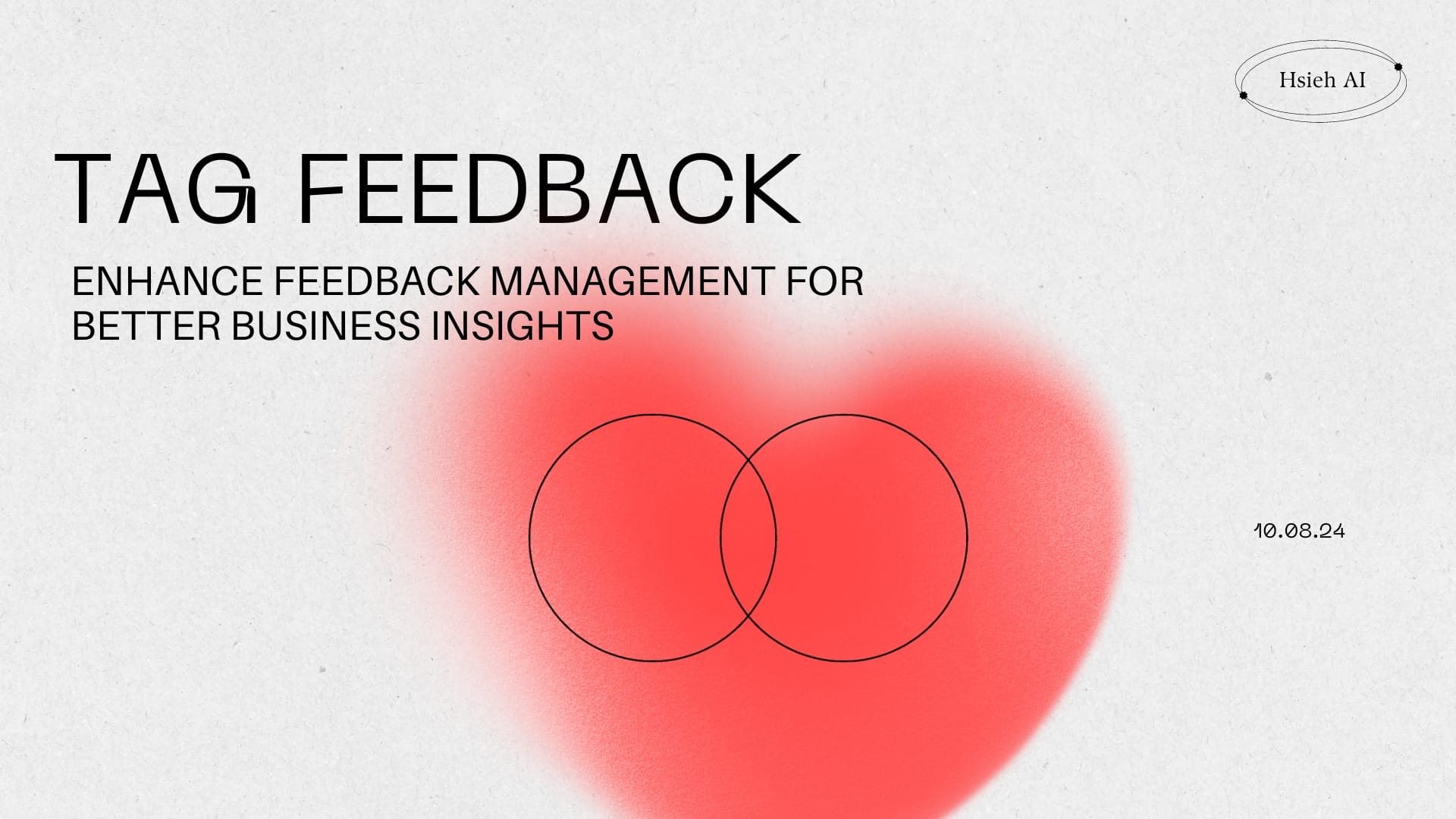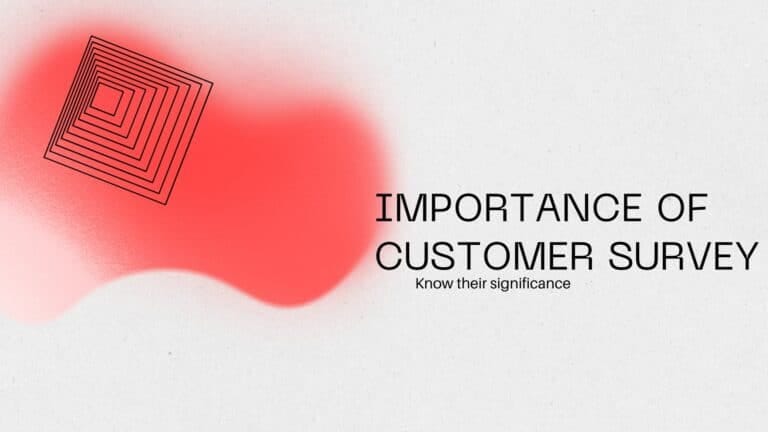We all are living in a customer-centric business environment and feedback is more valuable than ever. Whether it’s product reviews, user suggestions, or support queries, the ability to manage and analyse customer feedback and turning it into insightful feedback effectively can be a game-changer. According to brian & company report, 80% of companies believe they deliver a “superior” customer experience, but only 8% of customers agree. One powerful way to bridge this gap is by implementing a tag feedback system. This approach can greatly improve how businesses handle and act on feedback, leading to more insightful decision-making and customer satisfaction.
What is the Tag Feedback system?
A tag feedback system categorizes customer feedback with specific tags or labels that represent different themes, topics, or issues. These tags can range from broad categories like “Stability” or “performance” to more specific topics like “Signup issues” or “payment errors.” By tagging feedback, businesses can easily organize and retrieve relevant information, allowing for quicker analysis and response.
Benefits of Feedback Tagging
- Efficient Organisation: Tagging feedback allows businesses to sort through large volumes of data quickly. Instead of sifting through every comment or complaint, teams can focus on specific tags relevant to their area of expertise.
- Improves Responsiveness: When feedback is tagged, it’s easier to prioritize urgent issues and direct them to the appropriate teams. For instance, feedback tagged with “security concerns” can be instantly routed to the security team for immediate attention.
- Improved Analytics: Tagging enables more detailed and actionable insights. Businesses can track trends over time, identify recurring issues, and measure the impact of changes based on the frequency and sentiment of tagged feedback.
- Cross-Functional Collaboration: Tags help break down silos by ensuring that feedback is accessible to all relevant teams. A design-related tag, for example, could be useful not just for the design team but also for product management and marketing, enabling a more holistic approach to problem-solving.
- Better Customer Experience: By efficiently categorizing and addressing feedback, businesses can improve their response times and the relevance of their responses. This leads to higher customer satisfaction as issues are resolved more promptly and effectively.
Implementing a Tag Feedback System
To implement an effective tag feedback system, consider the following steps:
- Define Clear Categories: Start by defining a comprehensive set of tags that cover all possible areas of feedback. Involve various departments to ensure that all relevant topics are included.
- Automate Tagging with AI: Manually tagging feedback can be time-consuming, especially for large volumes. AI-driven tools such as Hsieh can automatically categorize feedback based on predefined tags, saving time and reducing the likelihood of human error.
- Train Your Team: Ensure that your team understands the tagging system and its importance. Regular training sessions can help them stay up-to-date with any changes or new tags that are introduced.
- Regularly Review and Update Tags: As your business evolves, so will the feedback you receive. Periodically review your tags to ensure they remain relevant and add new ones as needed.
- Integrate with Analytics Tools: Use feedback management tools that offer robust analytics features. This integration will allow you to generate reports and visualize trends based on your tagged feedback.
Tagging feedback is more than just a method for sorting data; it’s a strategic approach that can provide deep insights into customer sentiment and business performance. By implementing a well-organized tag feedback system, businesses can enhance their ability to respond to customer needs, drive improvements, and ultimately, build stronger relationships with their customers.
Whether you’re a small startup or a large enterprise, investing in a tag feedback system can significantly boost your feedback management capabilities, leading to more informed decisions and a better overall customer experience.


